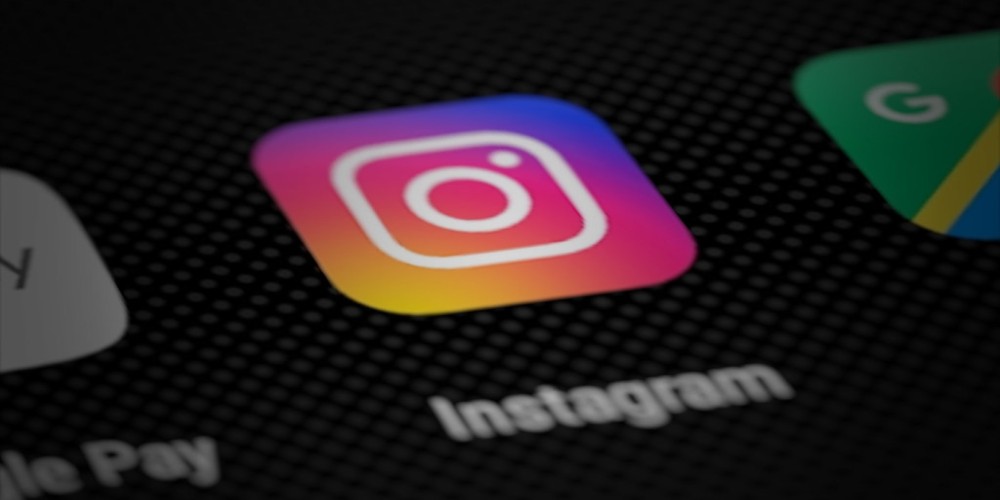Instagram's New Dislike Button: A Step Forward or Backward?
2025-02-19

In the ever-evolving landscape of social media, platforms continuously seek ways to enhance user experience and engagement. Instagram, a leading player in this domain, is currently testing a new feature that has sparked considerable debate: a dislike button for comments. This move comes in the wake of YouTube's controversial decision to remove its dislike button in 2021, a choice that left many users without a clear indicator of community sentiment. As Instagram embarks on this experimental journey, questions arise about the potential implications of such a feature on user interaction and content quality.
The introduction of a dislike button on Instagram is a significant development, especially considering the platform's focus on fostering positive interactions. Unlike YouTube's previous approach, Instagram's dislike button is designed to be discreet, with no visible count or indication of who clicked it. This decision reflects a cautious approach, aiming to avoid the pitfalls YouTube encountered with public dislike counts. By keeping the data hidden, Instagram hopes to mitigate the risk of targeted dislike campaigns that could harm creators and brands.
However, the absence of visible dislike counts raises concerns about transparency and user empowerment. Without the ability to see how many dislikes a comment receives, users are left in the dark about the community's true sentiment. This lack of visibility could lead to a reliance on Instagram's internal algorithms to determine comment rankings, potentially creating an environment where certain voices are amplified while others are suppressed. The parallels to Reddit's upvote/downvote system are evident, where the crowd's collective opinion can sometimes lead to echo chambers and biased content promotion.
Despite these concerns, Instagram's approach to dislikes could offer some benefits. By using dislike data to rank comments, the platform aims to elevate quality content and ensure that the most valuable contributions rise to the top. This method could encourage users to engage more thoughtfully, knowing that their feedback plays a role in shaping the conversation. However, the effectiveness of this system remains uncertain, as it relies heavily on the assumption that the crowd's judgment aligns with quality and relevance.
As Instagram continues to test its dislike button for comments, the social media world watches closely to see how this feature will impact user interaction and content moderation. While the intention behind the dislike button is to enhance the quality of discussions, the lack of transparency and potential for algorithmic bias raises valid concerns. Instagram's experiment with dislikes highlights the delicate balance between fostering free speech and maintaining a positive online environment. Whether this feature will ultimately benefit or hinder the platform's community remains to be seen, but it undoubtedly marks a pivotal moment in the evolution of social media engagement.








